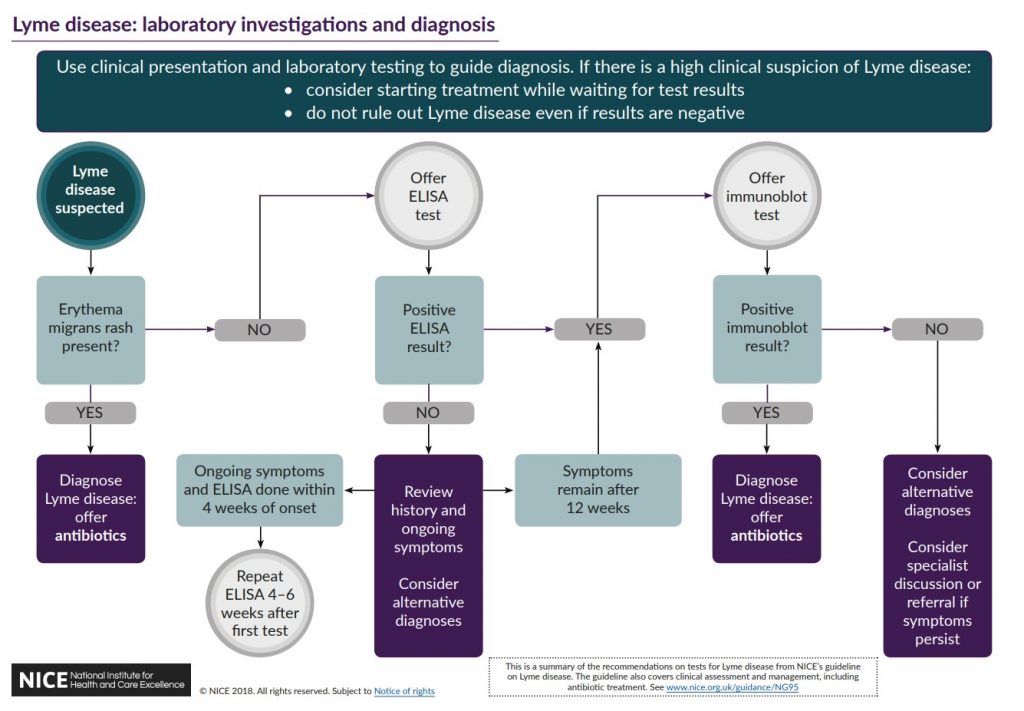Recommendation Info About How To Diagnose Diseases

Imagine that your body is a castle and your immune system is your army fighting off invaders like bacteria.
How to diagnose diseases. Tell your doctor if lupus or other autoimmune diseases run in your family. They can cause various types and combinations of symptoms in different people. Once this has been confirmed, the underlying cause of hyperthyroidism can be uncovered.
Your doctor will look for rashes and other signs that something is. Medications can help lower bad cholesterol and reduce plaque. The gold standard for diagnosis is by histology:
A genetic test can be given if you have a family history of the disease but don't have symptoms. Perform brain scans, such as computed tomography (ct), magnetic resonance imaging (mri), or positron emission tomography (pet), to support an alzheimer’s diagnosis or. Fine needle aspiration (fna) biopsy.
This is called predictive testing. To determine a diagnosis and check for related complications, you may have: Diagnosis can be performed by taking a medical history, evaluation sign, and symptoms or by means of diagnostic procedures for example medical tests.
A doctor trained in nervous system conditions (neurologist) will diagnose parkinson's disease based on your medical history, a review of your signs and symptoms, and. The test can't tell you when the disease will. Your doctor will also ask you about your medical history—including medicines you are taking—and your family.
Many different tests are used to diagnose heart disease. Histologic evaluation of endoscopic biopsy samples is essential for the diagnosis of feline ibd. Liver biopsy sample shows the architecture of the liver is distorted by regenerative nodules surrounded by fibrous tissue;




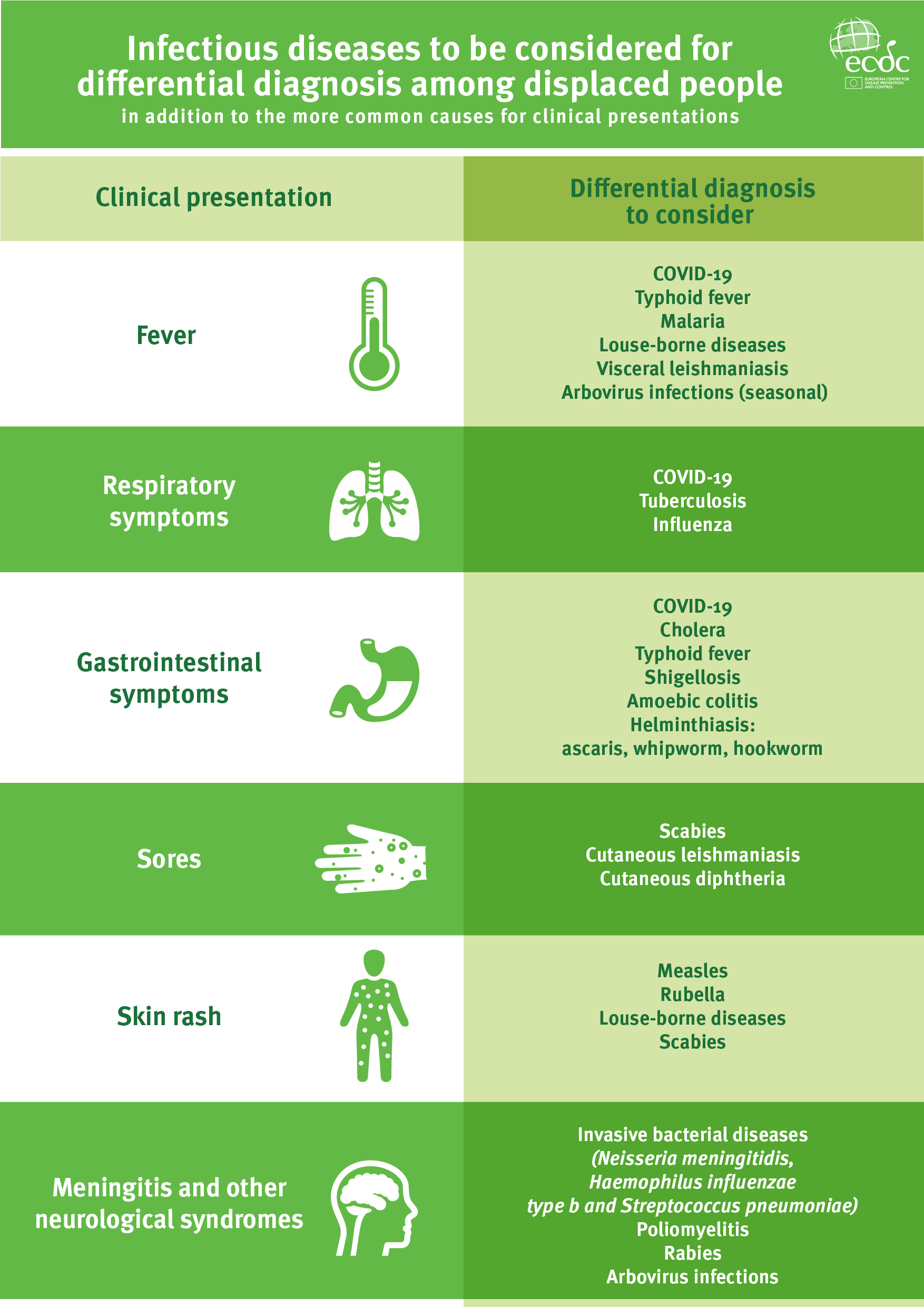
/chagas-disease-diagnosis-5ada080f1d640400390db8d0.png)
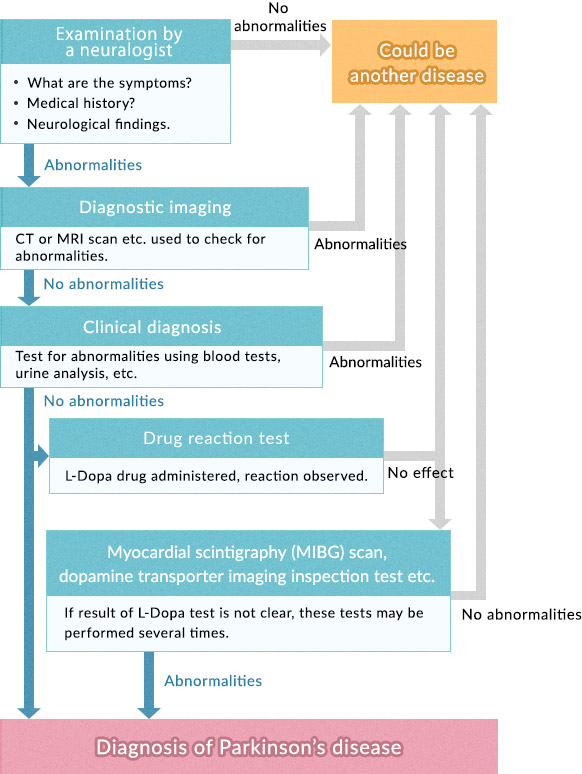
/heart-disease-diagnosis-5ad8bad1ae9ab800381379e3.png)
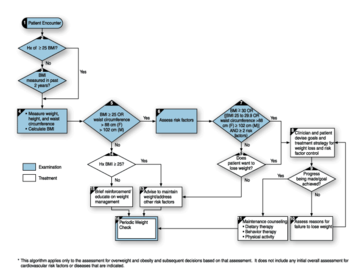
/huntington-s-disease-diagnosis-5089748.FINAL-8e610de3e0e842eb8b1aa1352d18092f.gif)

/crohns-disease-diagnosis-5aec9f49c5542e0036b9785c.png)



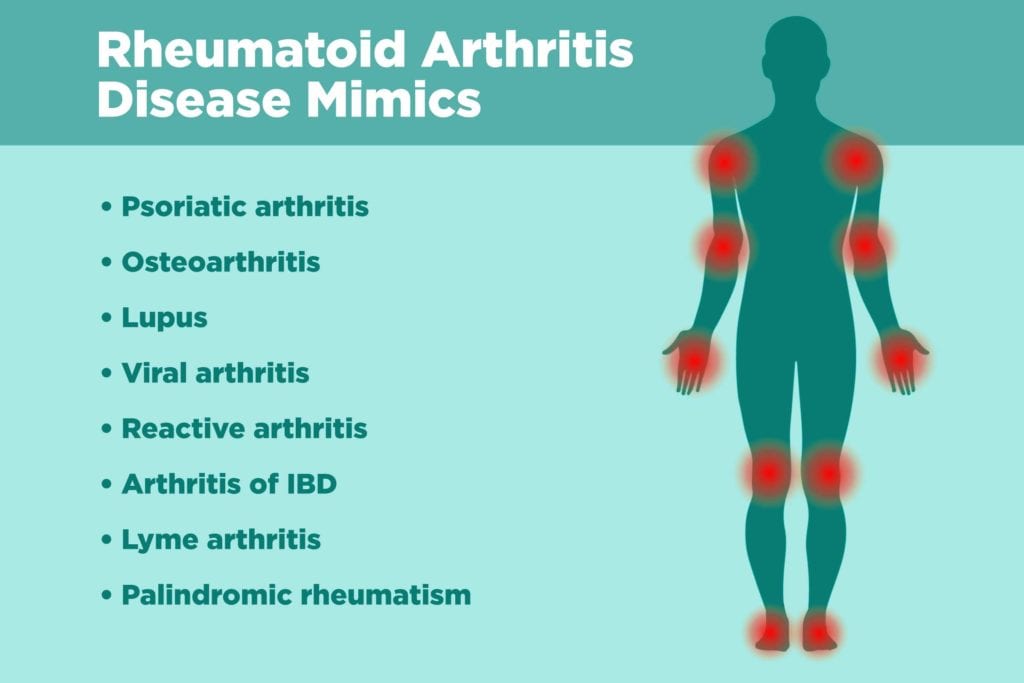
/lyme-disease-diagnosis-5ad4bf20ff1b780037807239.png)

